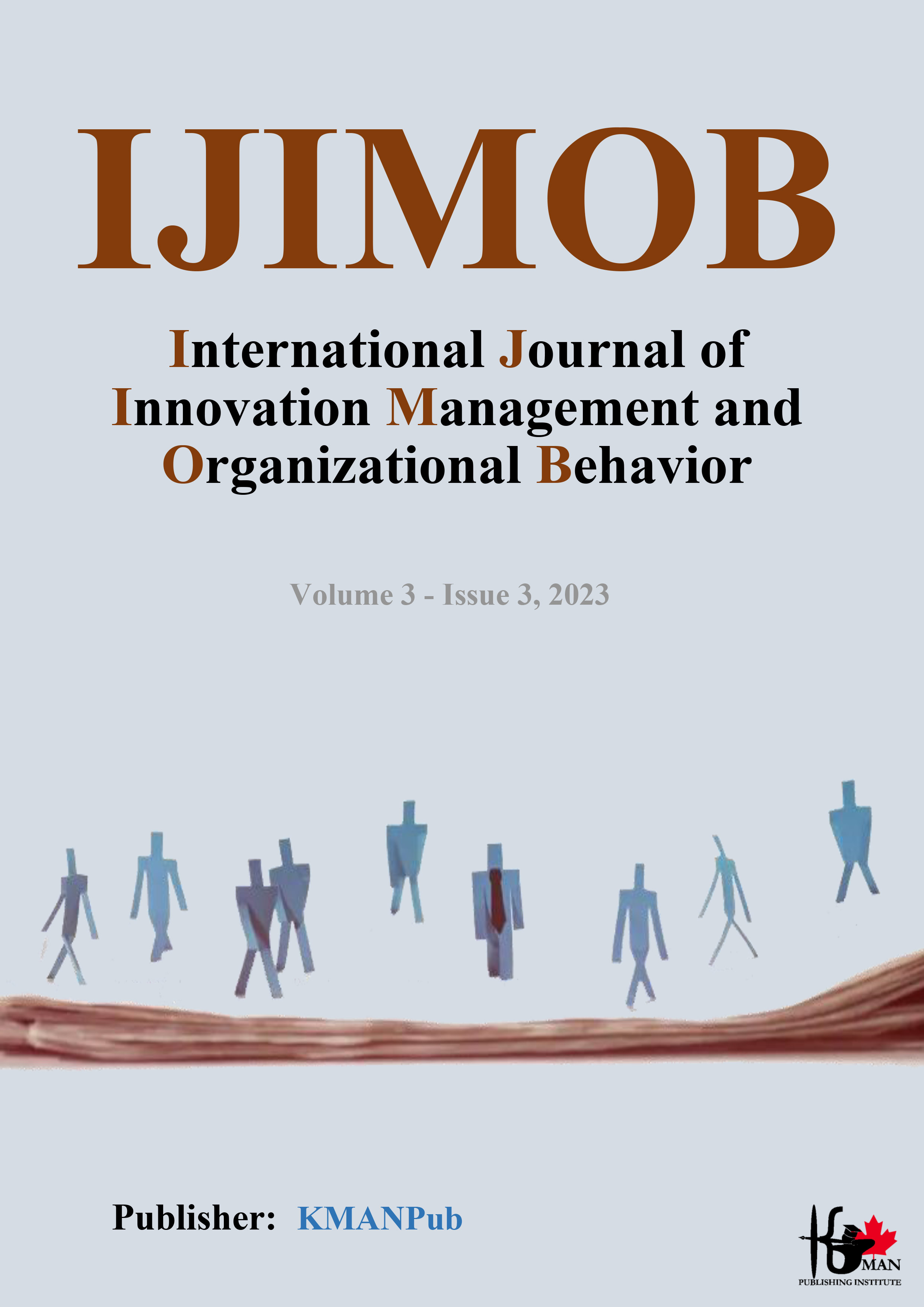Presentation of an Employee Prestige Model: Case Study of the General Directorate of Prisons in Lorestan Province
Keywords:
Employee Prestige, General Directorate of Prisons, Lorestan ProvinceAbstract
Objective: The objective of this study is to design an employee prestige model for the General Directorate of Prisons in Lorestan Province, Iran. This research aims to identify the dimensions and components that contribute to employee prestige within this organization.
Methodology: The study employed a mixed-methods approach, incorporating both qualitative and quantitative research methods. The qualitative aspect involved thematic analysis based on in-depth interviews with 16 experts in the field of employee prestige, who were primarily university professors and organizational experts. The quantitative component included a survey of all employees (N=530) of the General Directorate of Prisons in Lorestan Province, with a sample of 405 selected through systematic random sampling for model validation. Data analysis was conducted using NVIVO version 11 for qualitative data, and SPSS version 26, SMART PLS version 3, and EXCEL version 2019 for quantitative data.
Findings: The study identified 81 initial codes, 29 basic themes, and 10 organizing themes related to employee prestige. The organizing themes include alignment of individual and organizational goals, job independence, individual employee prestige, enhancing social prestige, cohesion and effective relationships, career progression, respect and appreciation for employees, systematic employee participation in decision-making, organizational justice, and human resource planning. The findings highlight the importance of these themes in fostering employee prestige and addressing issues such as job satisfaction, organizational trust, and employee engagement.
Conclusion: The identified themes provide a framework for developing policies and practices aimed at improving job satisfaction, organizational trust, and overall employee engagement.
Downloads
Downloads
Additional Files
Published
Submitted
Revised
Accepted
Issue
Section
License
Copyright (c) 2023 Afshin Siamaki (Author); Rostam Pourshidi (Corresponding Author); Mehdi Mohammad Bagheri , Hamidreza Mollai (Author)

This work is licensed under a Creative Commons Attribution-NonCommercial 4.0 International License.























